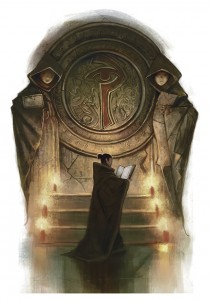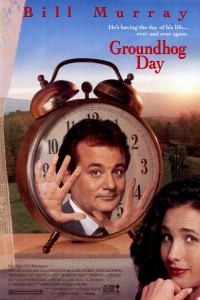While the Dungeon’s Master team enjoys some well-deserved vacation time, we’re breaking out the greatest hits and shining a spotlight on a few of our favourite articles from 2011. We’ve searched for hidden gems that our newer readers might have missed and our long-time readers will enjoy reading again. Enjoy a second look at these greatest hits from Dungeon’s Master.
I love minions.
It has been almost a year since the original article was published and my love affair with minions has not decreased. If anything the infatuation has only increased. Since this article on minions was published I’ve taken the DM hat off and returned to the other side of the screen. Yet, even as a player I love minions.
I take great joy in watching how my DM deploy’s his minions, how he frustrates me and other players with their tactical usage. It’s most obscene, but I take a perverse joy when all the minions gang up on the controller. I attack something else for a round just to see what will happen.
In my mind minions truly are the best tool in the DM tool box that 4e introduced. The ability to add swarms of easy to kill, easy to use enemies is fantastic. Minions can quickly change the dynamic of any combat. Player’s are often left guessing on which monster is the minion during the initial rounds of an encounter. Where minions really stack up is when their synergies mesh with the other monsters in the encounter.
As a player I feel truly heroic when I dispatch multiple foes with a burst or blast attack. Sure, they only have 1 hit point, but that isn’t the point. The point is what minions truly represent in the game. The fodder. My characters are supposed to be powerful, there are opponents that I am supposed to be able to vanquish with impunity. Minions fill that role.
I hope you enjoy another read of this article. Since it was first published it has become one of our most searched articles and whether you are a DM or a player I’m sure you’ll find the value, joy and satisfaction that minions inject into combat. As I’ve said, my love affair with minions stands. I don’t see us breaking up anytime soon.


